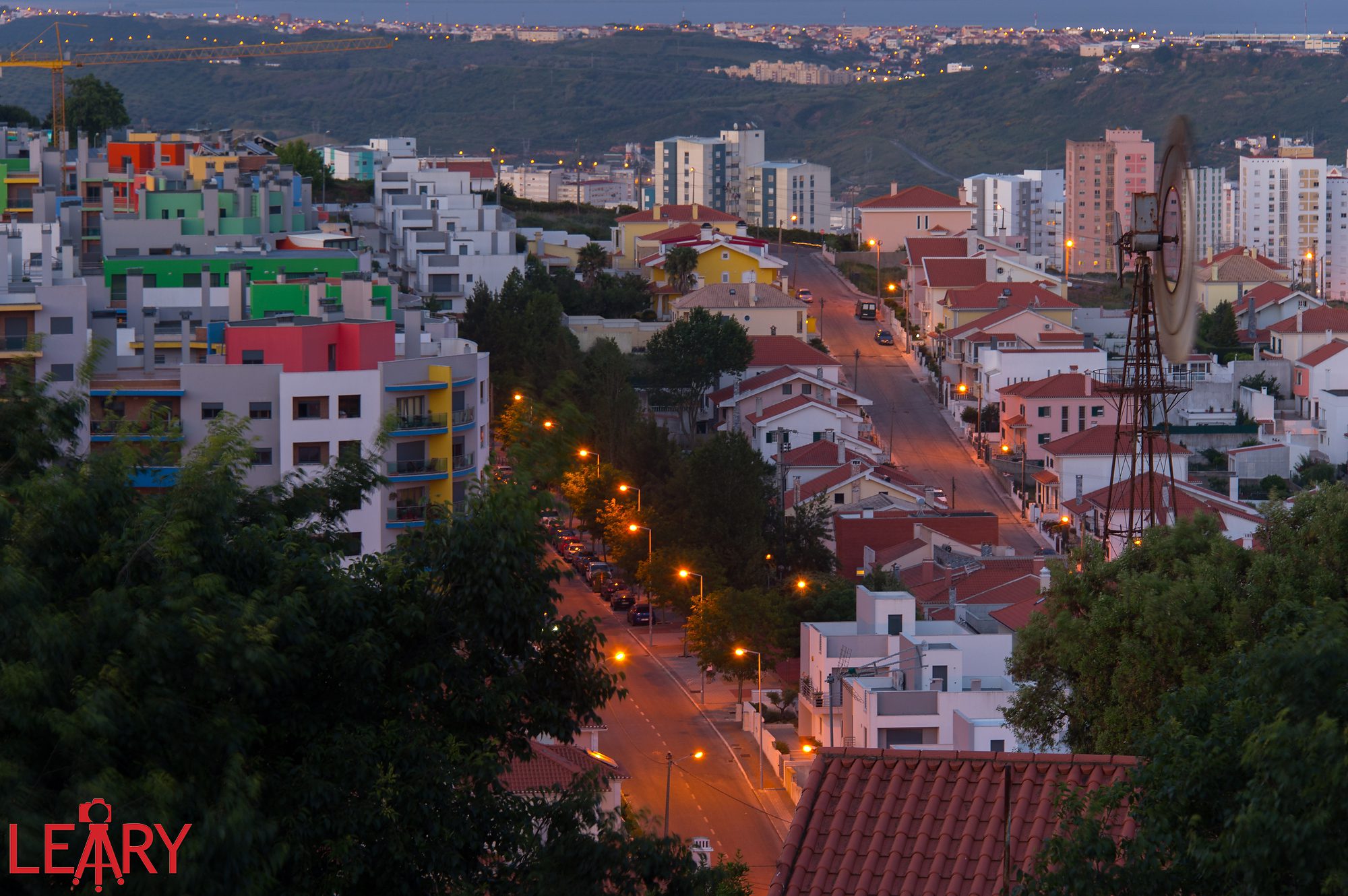| Nikon D4, 28-300mm, ISO 800, ƒ/9, 1.3 sec |
I returned from Lisbon, Portugal, a week ago, where I was teaching a Storytelling Workshop with Jeff Raymond of ABWE and James Dockery, coordinating editor for ESPN.
I taught the students the elements of a storyline, which they then used as they interviewed their subjects.
I have written a blog on the storyline and broken down each component if you want to know more about it here.
You can then break down this storyline into a shot list, which all the students worked on to put together their multimedia package.
- Opener: Sets the scene for the story
- Decisive moment: The one moment that can by itself tell the story
- Details: Besides being like visual candy to the report, help often with transitions–especially in multimedia packages
- Sequences: give a little variety to a situation
- High overall shot: Gives a good perspective on how the elements all fit together.
- Closer: Besides the classic shot of the cowboy riding off into the sunset, there are other visual ways to help bring the story to a close
- Portraits: These photos are great for introducing the characters of the story
Before they even started, we had them tell us who the audience was for the story. We want the students to reach into the audience and pull on the experiences of that “specific” audience.
Audience
I kept the audience broad when I was telling the cooperative coffee story. I could have easily just targeted the Presbyterian Church and given money to support the missionary who was instrumental in funding the cooperative. I could have also targeted the Catholic Church because they had a role in starting the cooperative.
I kept it broad enough, yet I had those audiences in mind. I told the story to those concerned about immigration and looking for a solution. The story was to establish the conflict of illegal immigration, with the resolution being cooperative.
I have worked on stories for mission organizations many times through the years. The goal of those stories was to get the audience to Give; Go, or Pray for missions.
Who, What, Where, Why, When & How
In Journalism 101, we teach the five Ws and H as the questions whose answers are considered essential in information-gathering. Importantly, none of these questions can be answered with a simple “yes” or “no.”
Before the formal interview, the storyteller interviewed each subject to gather and determine the story. If you didn’t do this, you would be editing your project forever.
B-Roll
B-roll is the supplemental or alternative footage intercut with the main shot in an interview. For example, people generally do not sit and watch a person talking in a video for very long. To prevent just talking heads is why you shoot a lot of B-rolls so you can show this while the subject is speaking.
Our students quickly discovered the story needed to revolve around the now and not the past or future, or you couldn’t shoot much B-roll.
Here is a photo of me interviewing in Lisbon.
. . . . . . . . . . . . . . . . . . . . . . . . . . . . . . . . . . . . . . . . . . . . . . . . . . . . . . . . . . . . . . . . . . . . . . . . .
PhotogenX DTS
I am teaching another Visual Storytelling Workshop in Kona, Hawaii, in a couple of weeks. I will teach students Visual Storytelling before they head out for coverage worldwide: an orphanage in Cambodia, poor in India, working with prostitutes in Thailand; and finally, scope on the street children in the Philippines. Go here to read more about the program.
. . . . . . . . . . . . . . . . . . . . . . . . . . . . . . . . . . . . . . . . . . . . . . . . . . . . . . . . . . . . . . . . . . . . . . . . . .




